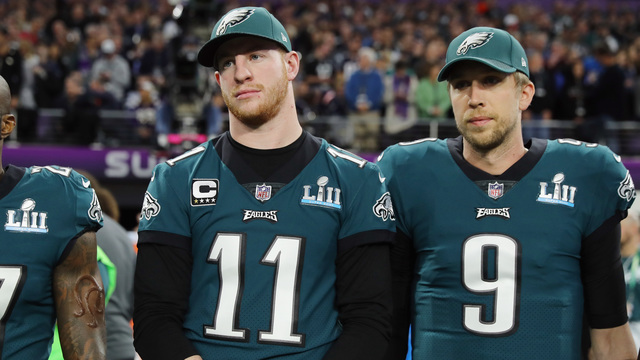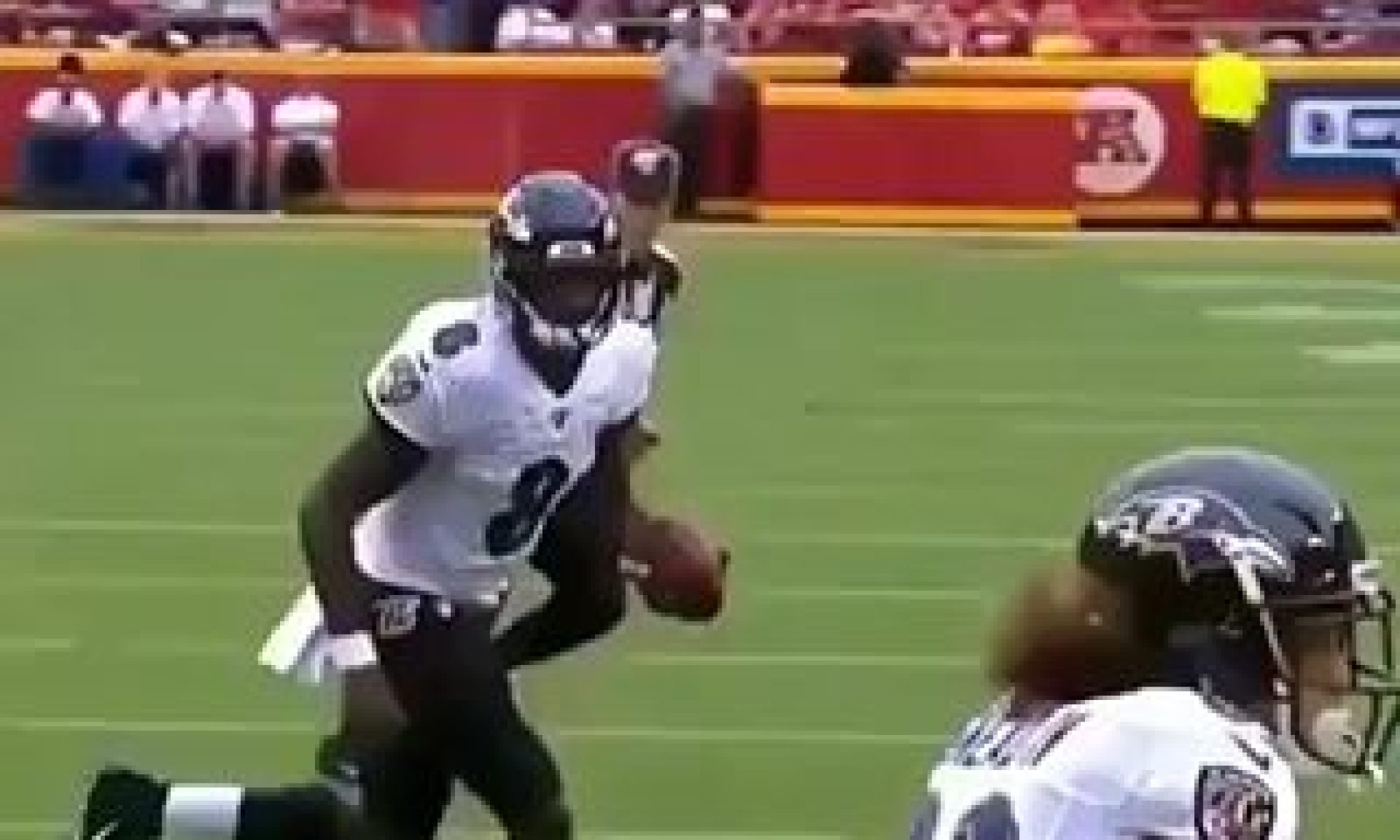As we watch NFL games, it may seem like players wear the same jerseys throughout the season. However, behind the scenes, there is a fascinating system in place that ensures players have fresh and game-ready jerseys each week. In this article, we will unveil the jersey rotation system in the NFL, exploring why players don’t wear the same jersey every game and how the process works to maintain a professional appearance on the field.

- Hygiene and Comfort:
One of the primary reasons NFL players don’t wear the same jersey every game is hygiene and comfort. After intense games and rigorous practices, jerseys can become sweaty, dirty, and even torn. Changing jerseys allows players to start each game with a fresh, clean, and comfortable uniform. This helps to prevent discomfort and potential health issues caused by wearing a soiled or damaged jersey repeatedly. - Quality Control and Branding:
The NFL, as a premier sports league, places significant importance on quality control and branding. Repeated wear and tear can affect the appearance and durability of jerseys, potentially compromising the league’s image. By rotating jerseys, the NFL ensures that players always have pristine uniforms that represent the teams and sponsors accurately, maintaining a professional aesthetic on the field. - Jersey Rotation Process:
The jersey rotation process involves several steps to ensure players have fresh jerseys for each game. Teams typically have a dedicated equipment staff responsible for managing the jerseys. After each game, the equipment staff collects the worn jerseys, which are then sent to the team’s laundry facility.
In the laundry facility, the jerseys undergo a thorough cleaning process, removing any stains, odors, or dirt accumulated during the game. Once clean and dry, the jerseys are meticulously inspected for any signs of damage or wear. If a jersey is deemed unfit for use, it is either repaired or replaced with a new one.
Before the next game, the equipment staff assigns each player a fresh, properly fitted jersey. The jerseys are typically labeled with the player’s name, number, and specific sizing requirements. This attention to detail ensures that each player receives a personalized and comfortable jersey for game day.
- Player Preferences and Superstitions:
While the NFL has a standard jersey rotation system, some players may have individual preferences or superstitions regarding their jerseys. Certain players may request specific jerseys for important games or have rituals associated with a particular jersey. The equipment staff accommodates these requests when feasible, understanding the importance of player comfort and psychological factors in their performance. - Jersey Memorabilia:
Game-worn jerseys hold significant value for fans and collectors alike. Many players and teams understand this demand and often auction off or sell game-worn jerseys for charity or as memorabilia. As a result, jerseys worn in significant games or by star players become highly sought-after collectibles.
Although it may appear that NFL players wear the same jersey every game, the reality is quite different. The jersey rotation system ensures that players have fresh and game-ready uniforms, promoting hygiene, comfort, and professionalism. With a dedicated equipment staff managing the cleaning, inspection, and assignment of jerseys, players can focus on their performance, while fans and collectors eagerly await the opportunity to own a piece of NFL history through game-worn jerseys.
